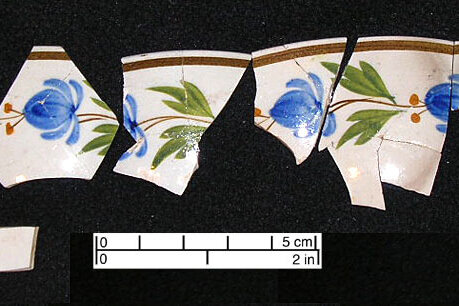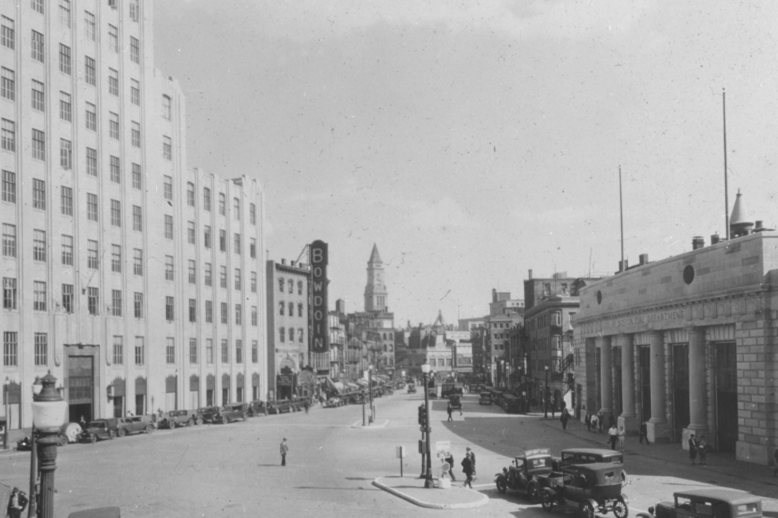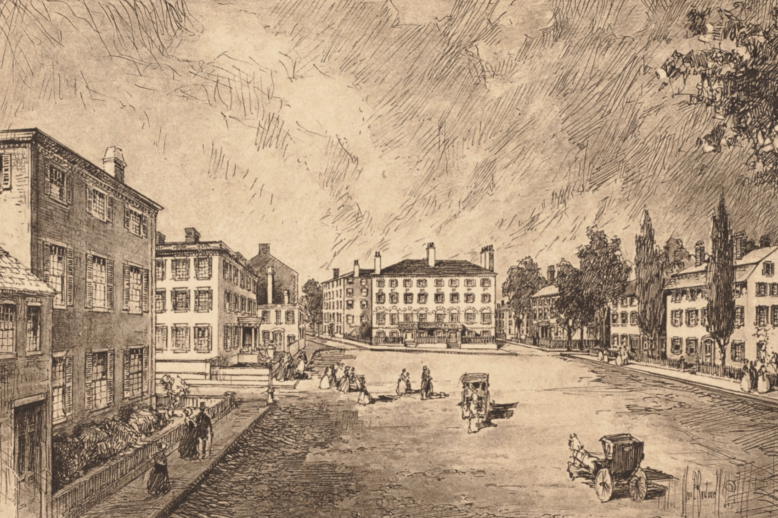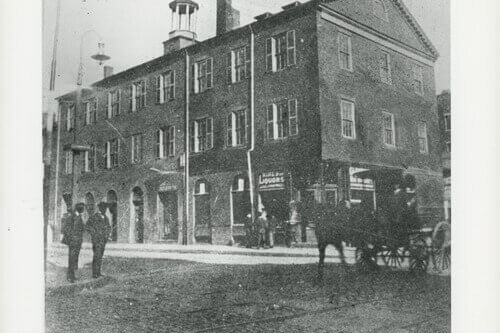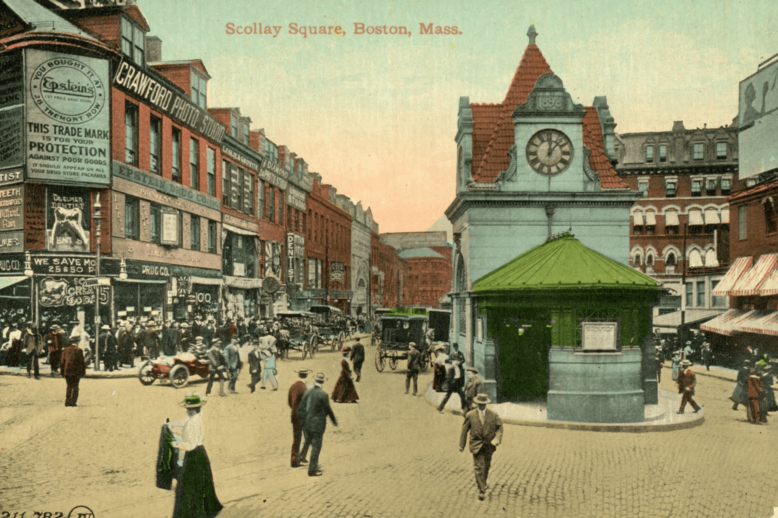Topic: Business
Businesses, corporations, executives, those commonly identified with a business
The Thriving Jewish Marketplace of Boston’s Old West End Part Two: Deli Meats to Kosher Eats This article is the third part of a series exploring Jewish life in the Old West End. This second part in our business series describes the many options for West Enders to purchase Jewish foods. Bakeries, delis, kosher butchers,…
The West End News: Headlines in the Summer of 1926One Summer in the West End, Part Two Over the course of four months in the summer of 1926, Lou Coffee and Francis R. Whelton published a newspaper by West Enders for West Enders. These papers gave a glimpse into the diverse immigrant neighborhood facing the…
Domingo Williams was an attendant and caterer who lived with his family in an apartment in the African Meeting House from 1819 to 1830. A 2005 archaeological dig behind the African Meeting House, in conjunction with mentions of Williams in local and national newspapers, help to illuminate Williams’ prosperous catering career, his activist involvement in Boston’s Black community, and his time living in one of the city’s most important Black social-religious centers.
Bowdoin Square has gone through many phases, including rapid development, growing population, changing fortunes, urban renewal, and attempts at revitalization. Today the name survives mainly in the name of an MBTA station, but examination of Bowdoin Square provides insight into two and a half centuries of Boston history. This article, the second part of two, covers the history of the square in the twentieth and twenty-first centuries.
Bowdoin Square has gone through many phases, including rapid development, growing population, changing fortunes, urban renewal, and attempts at revitalization. Today the name survives mainly in the name of an MBTA station, but examination of Bowdoin Square provides insight into two and a half centuries of Boston history. This article, the first part of two, covers the history of the square in the eighteenth and nineteenth centuries.
Samuel Parkman (1751-1824) and George Parkman (1790-1849) both left an enduring mark on the West End. Samuel was a Bowdoin Square real estate magnate and Charles Bulfinch patron. Like his father, George also worked in real estate, and used his fortune to donate land on North Grove Street for the site of Harvard Medical College – the building he would later be murdered in.
Scollay Square was a vibrant entertainment hub in Boston from the mid-19th century to the early 1960s, known for its burlesque theaters, comedy shows, boisterous bars, and eclectic mix of businesses. Located directly next to the West End at the intersection of Cambridge, Court, and Tremont streets, it attracted both locals and out-of-town visitors, including sailors, with its lively nightlife and commercial offerings. The area was demolished in 1962 as part of an urban renewal project, to be replaced by Government Center.
James Bowdoin II, scientist, politician, businessman and the namesake of the West End’s Bowdoin Square, embodied the powerful gentry class of his day.




